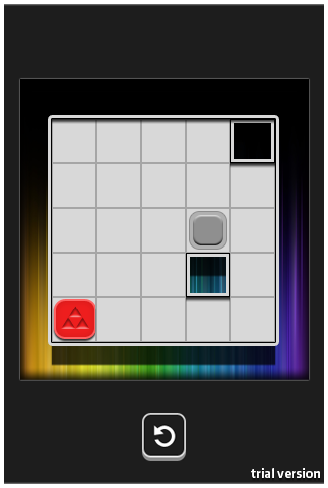In today’s post I would like to start a series of articles about Theory of Game Design and how I applied (or tried to apply…) it to my projects. Usually games are made by inspiration and intuition. And this is not a bad approach because, at the end of the day, game creation is a deeply creative activity.
However, there are some game design aspects that have been theorized by experienced game designers that, despite sounding quite obvious, it is worth to keep them in mind while working on our games. I would like to start by one of the most interesting and effective concepts of game design: The Flow Channel. Applying this concept to New Sokoban had a very positive impact on the games experience. Despite it being an intuitive aspect of games that you could have learned while playing a lot of games during your live, the first time I red about it was in Jesse Schell’s book The Art of Game Design. By the way, this book is highly recommended for game designers out there and wanna be game designers like me 😉

Continue reading →


